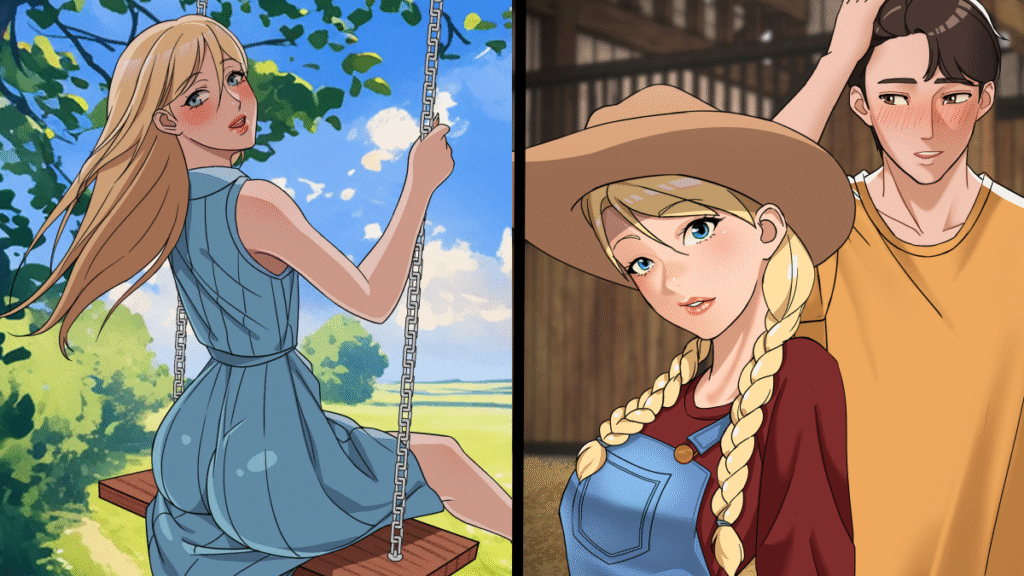Are you itching to dive into the vibrant world of comics but feel overwhelmed by where to begin? If “teach me first comic” is your search mantra, you’re in the right place. Comics aren’t just superhero capes and speech bubbles—they’re a powerful blend of art and narrative that anyone can master with the right guidance. This eye-catching guide breaks down the essentials, offering fun starter lessons in storytelling to help novices create their debut strip. Whether you’re a doodler dreaming of graphic novels or a storyteller seeking visual flair, we’ll equip you with practical tips to spark your creativity and boost your skills. Let’s turn those blank pages into captivating tales!
Why Comics? Unlocking Your Inner Storyteller
Comics have exploded in popularity, from Marvel blockbusters to indie webtoons, making “teach me first comic” a hot query for aspiring creators. At their core, comics fuse words and images to tell stories efficiently and engagingly. Unlike novels, they rely on visual pacing—think panels that build tension or reveal twists. For beginners, starting with comics hones both artistic and narrative abilities, fostering imagination in bite-sized formats.
Imagine crafting a simple tale about a quirky character overcoming a daily hurdle. This isn’t about perfection; it’s about expression. Research shows that visual storytelling enhances memory retention by 65%, making comics an ideal medium for education, entertainment, or personal therapy. If you’re new, focus on short strips to build confidence. “Teach me first comic” enthusiasts often start here, discovering how a single page can convey emotions that words alone can’t capture.
Gathering Your Comic Creation Toolkit
Before sketching your masterpiece, assemble basic tools—no fancy studio required. For “teach me first comic” beginners, start with affordable essentials: pencils, erasers, ruled paper for panels, and fine-tip pens for inking. Digital options like free apps (Clip Studio Paint or Procreate trials) democratize access, allowing undo buttons and layers for experimentation.
Invest in a sketchbook to jot ideas freely. Color pencils or markers add pop, but black-and-white works wonders for starters. Pro tip: Use grid templates printable online to maintain consistent panel sizes. This setup keeps things fun and low-pressure, ensuring your first comic feels achievable rather than intimidating.
Mastering Basic Storytelling Structures
Storytelling is the heartbeat of any comic, and “teach me first comic” lessons emphasize simplicity. Begin with the classic three-act structure: setup, conflict, resolution. Introduce your hero in the first panel, throw in a problem mid-way, and wrap with a punchy ending—voilà, a mini-adventure!
Brainstorm characters with relatable traits: a clumsy robot learning friendship or a time-traveling cat. Use dialogue sparingly—let visuals do the talking. Fun exercise: Write a one-sentence plot, then expand into 4-6 panels. This builds pacing skills, ensuring your story flows like a movie storyboard. Remember, twists keep readers hooked; even a simple “what if” scenario can turn ordinary into extraordinary.
Drawing Fundamentals for Comic Newbies
No art degree? No problem! “Teach me first comic” draws from basic shapes—circles for heads, rectangles for bodies—to create expressive figures. Practice gesture drawing: Quick sketches capturing motion in 30 seconds. Focus on facial expressions; exaggerated eyes and mouths convey joy or surprise instantly.
Panels vary for impact: Wide ones for landscapes, close-ups for drama. Experiment with angles—bird’s-eye for epic scenes, worm’s-eye for tension. Shading adds depth; simple cross-hatching mimics professional looks without complexity. Join online communities like Reddit’s r/comics for feedback, turning solitary doodling into collaborative growth.
Common Pitfalls and How to Dodge Them
Every “teach me first comic” journey hits bumps, but awareness smooths the ride. Overcrowding panels with text is a rookie error—aim for balance, letting art breathe. Inconsistent character designs confuse readers; sketch model sheets early.
Procrastination kills momentum; set micro-goals like one panel daily. Perfectionism stalls progress—embrace wonky lines as style. Lastly, ignore trends; authenticity resonates. By sidestepping these, your first comic evolves from sketchy draft to polished gem, ready for sharing on platforms like Webtoon or Instagram.
Bringing It All Together: Your First Comic Project
Ready to apply these “teach me first comic” essentials? Pick a theme—perhaps a humorous slice-of-life about morning routines gone wrong. Outline panels, sketch roughly, ink boldly, and add colors if desired. Scan or photograph for digital sharing, tagging #MyFirstComic to connect with peers.
This process isn’t just creation; it’s self-discovery. Comics empower voices, from social commentary to fantasy escapes. With practice, you’ll refine your unique style, perhaps even monetizing through Patreon or conventions. Start small, stay consistent, and watch your storytelling soar.
In conclusion, diving into “teach me first comic” opens doors to endless creativity. These fun starter lessons in storytelling prove anyone can craft compelling visuals. Grab your tools, unleash your ideas, and let your imagination panel the way forward. Your audience awaits—happy creating!
FAQs
What is the best way to start if I can’t draw well?
Focus on simple shapes and practice daily; “teach me first comic” emphasizes storytelling over perfect art, using apps for easy edits.
How long should my first comic be?
Aim for 4-8 panels to keep it manageable; this “teach me first comic” approach builds confidence without overwhelming beginners.
Do I need expensive software for digital comics?
No, free tools like Krita or Medibang suffice; “teach me first comic” starters often begin with paper before going digital.
How can I make my comic story engaging?
Use relatable characters and unexpected twists; “teach me first comic” lessons highlight conflict and resolution for fun narratives.
Where can I share my first comic online?
Platforms like Instagram, Reddit, or Webtoon are ideal; tag “teach me first comic” to gain feedback and traffic from fellow creators.
Conclusion
In wrapping up your “teach me first comic” adventure, remember that every great creator started with a single panel and a spark of imagination. By embracing these essentials—from basic tools and structures to fun storytelling twists—you’re now equipped to craft narratives that captivate and inspire. Don’t wait for perfection; grab your pencil, experiment boldly, and share your debut comic with the world. With consistent practice, your skills will evolve, turning “teach me first comic” searches into your own success story. Dive in today—your epic begins now! (98 words)


